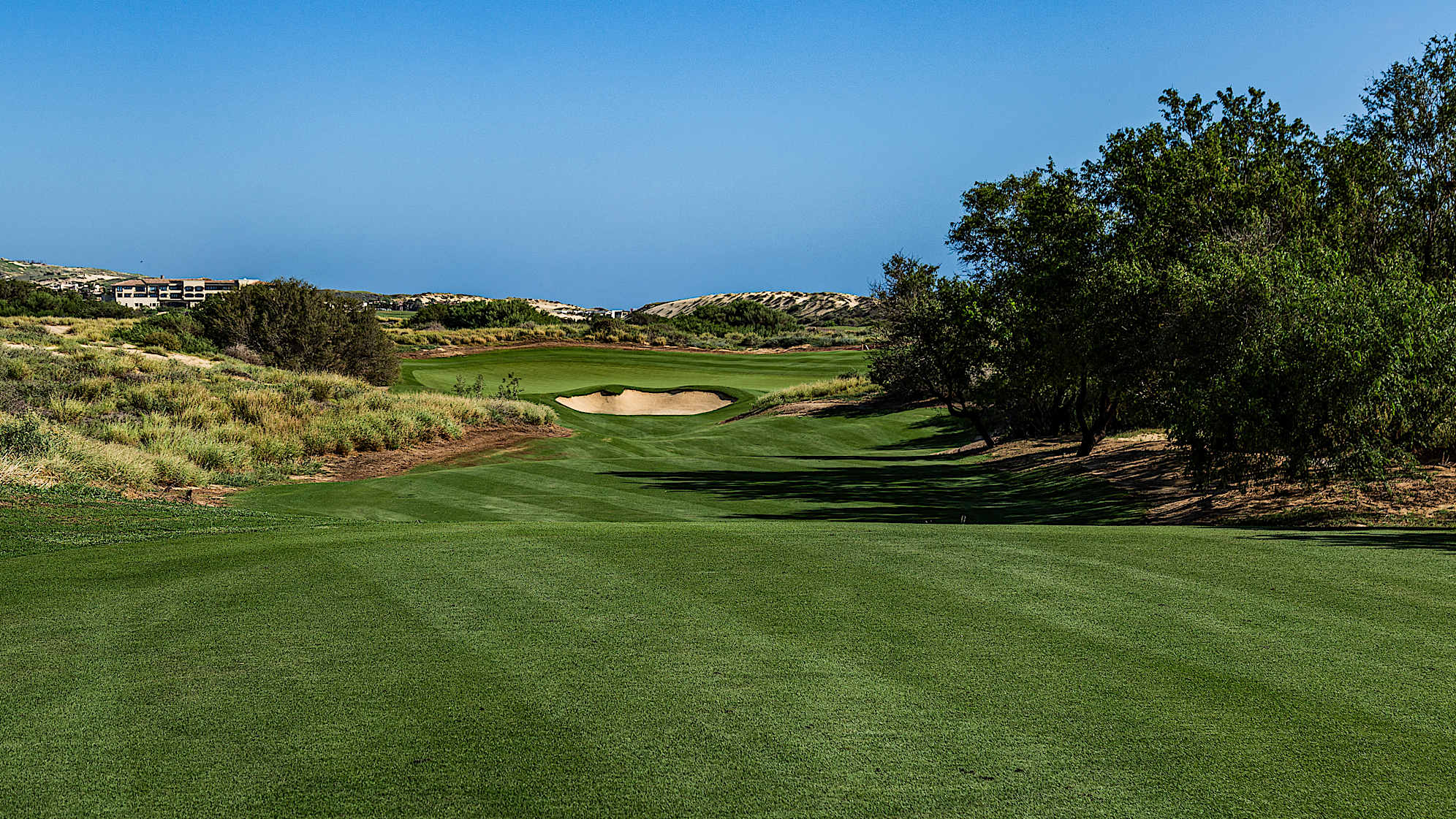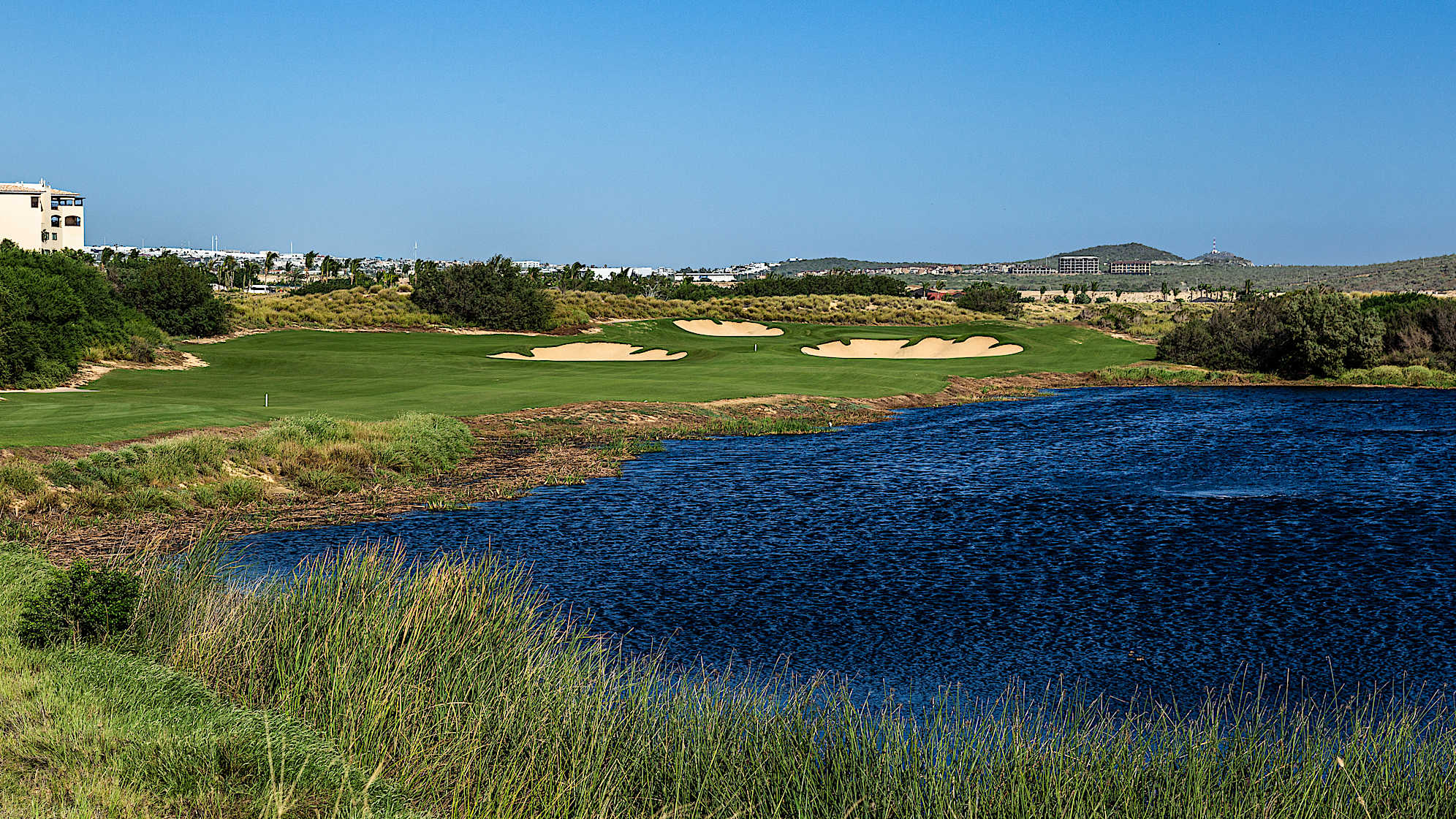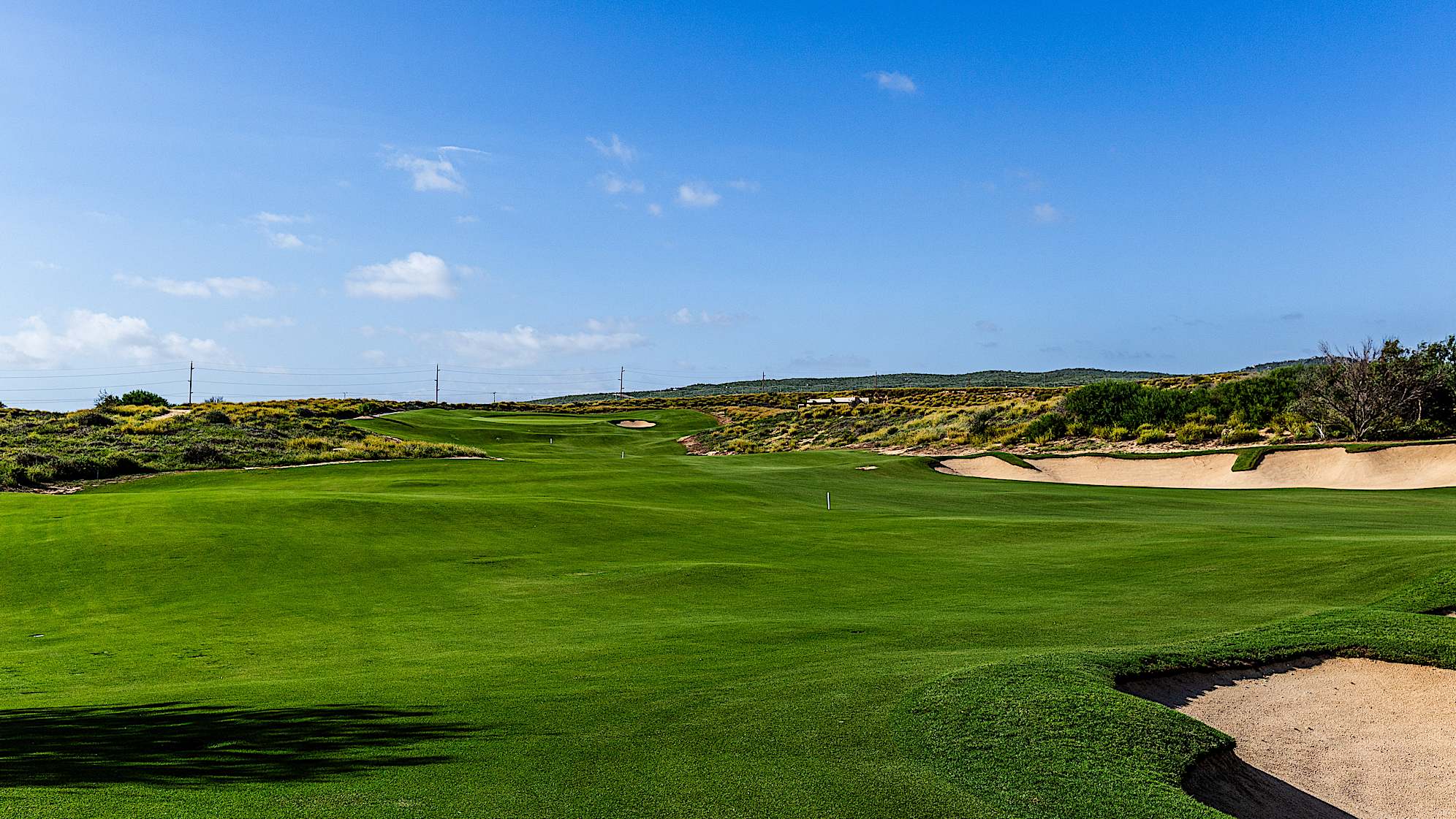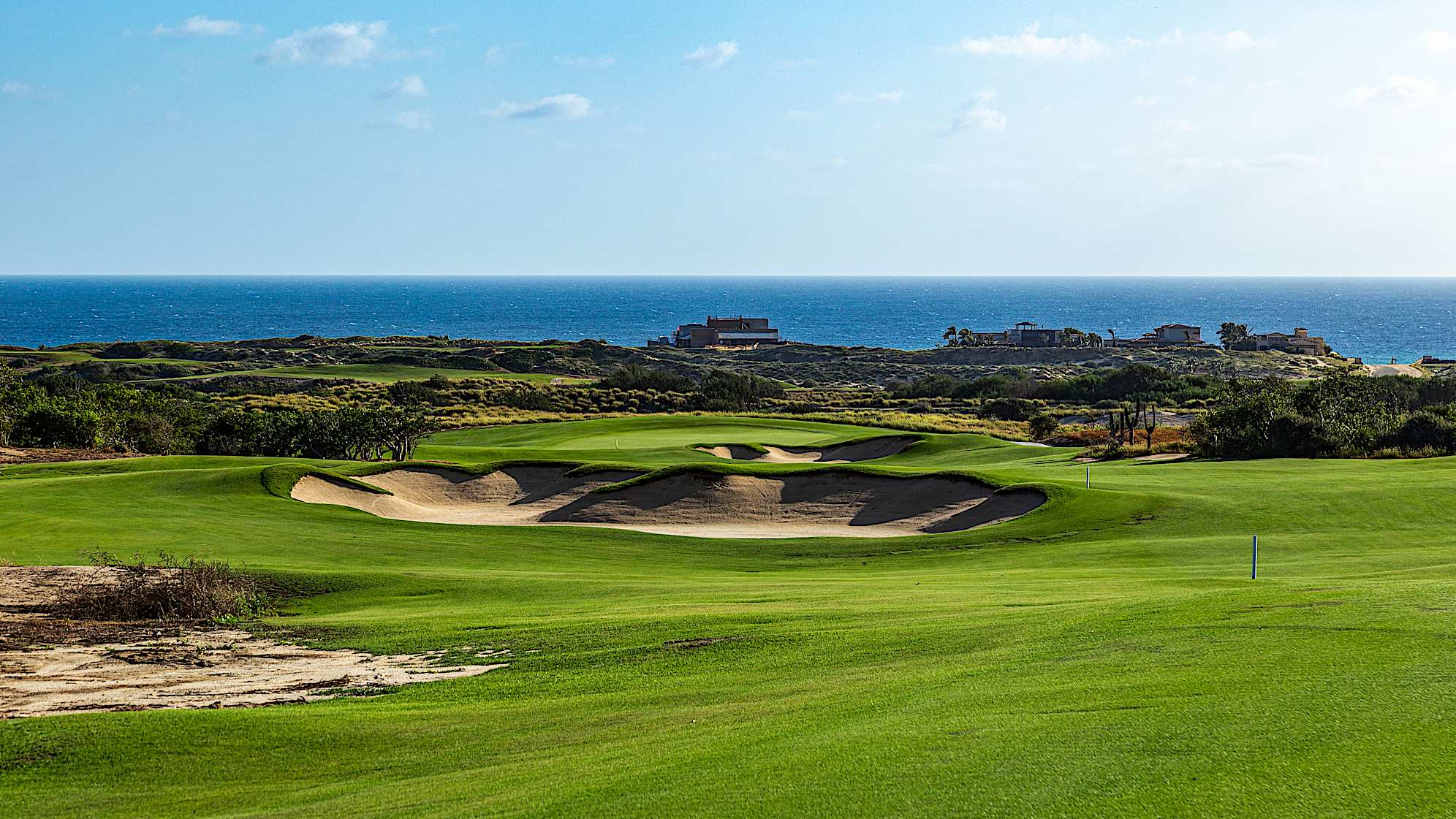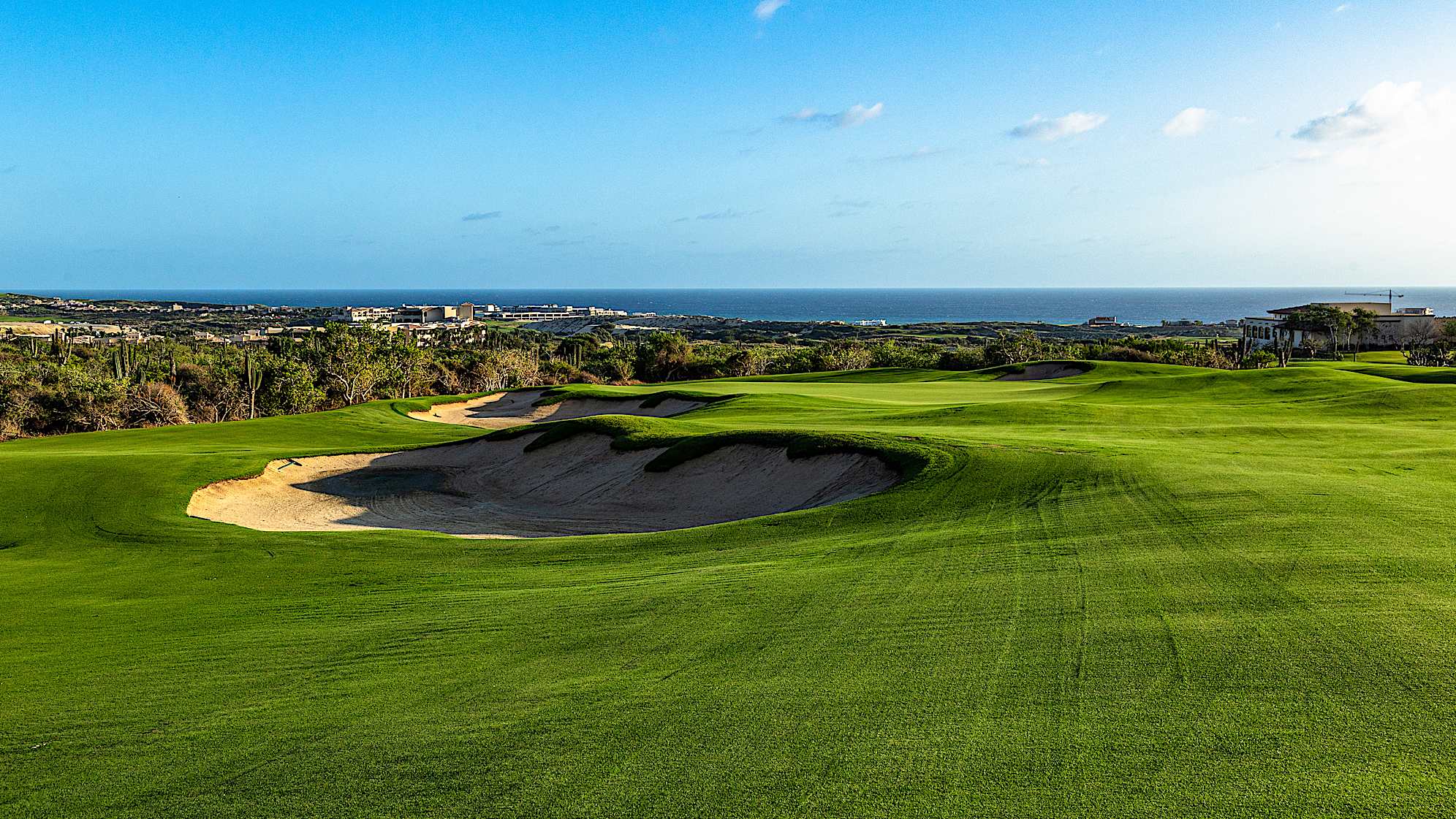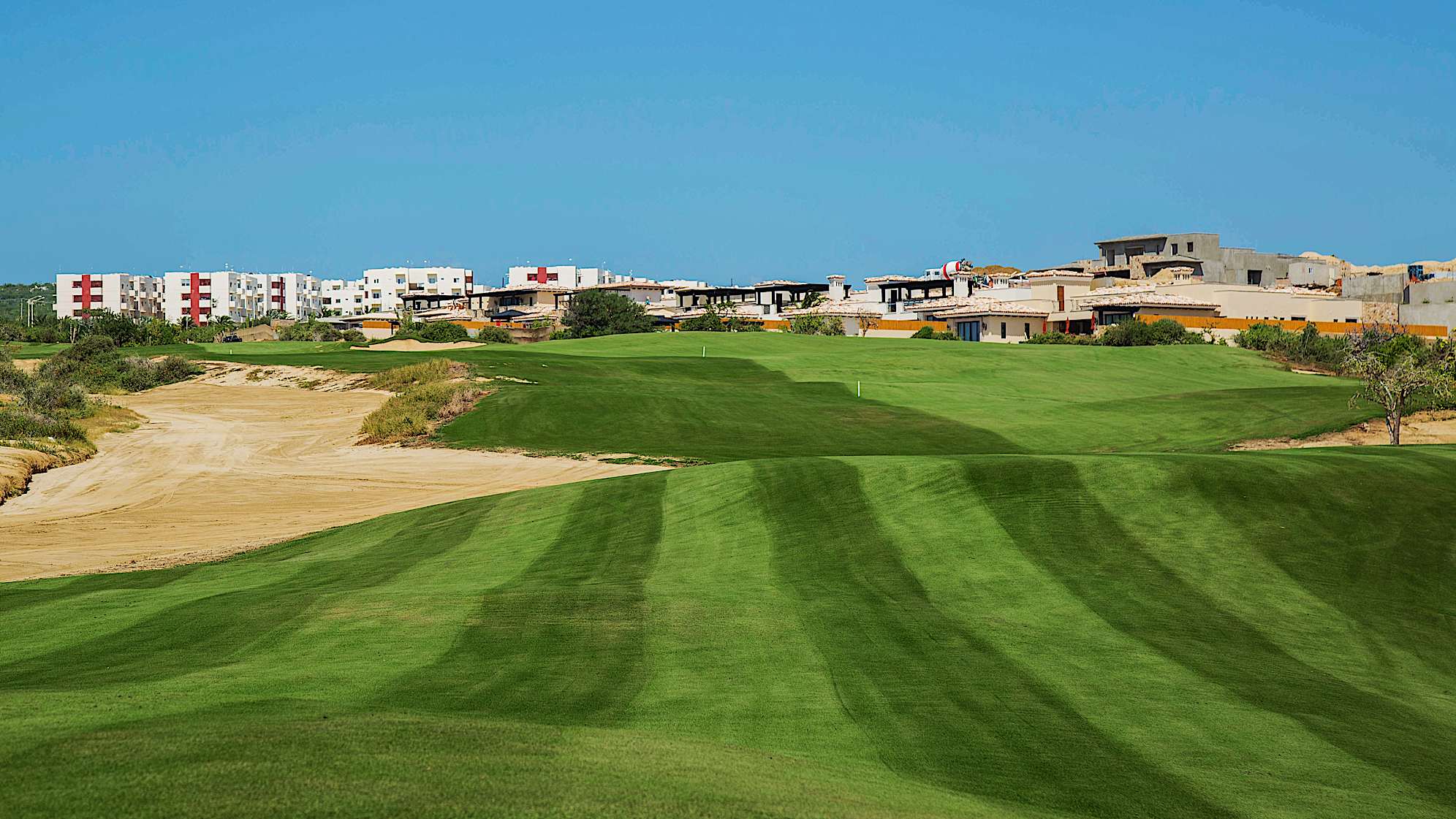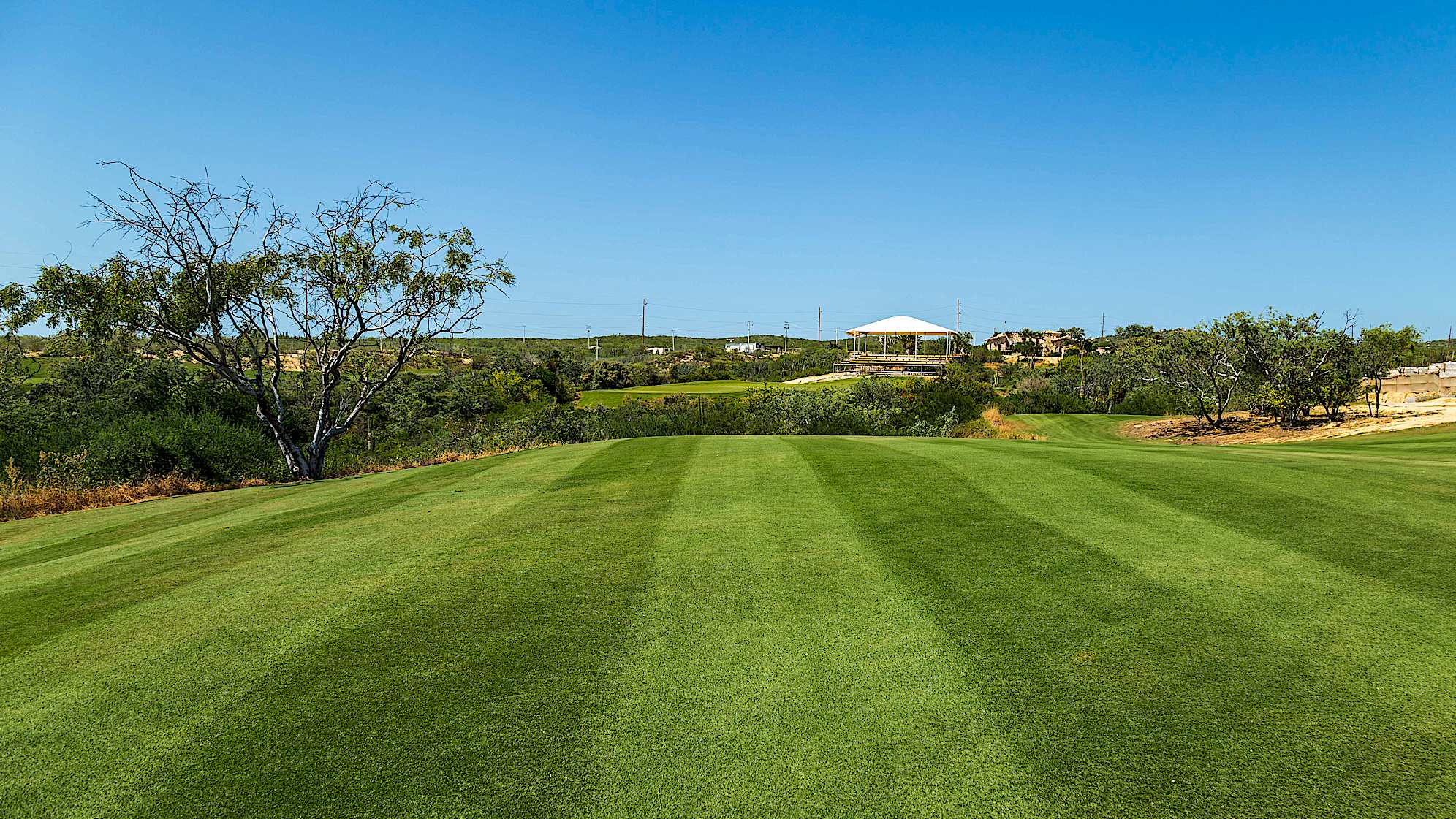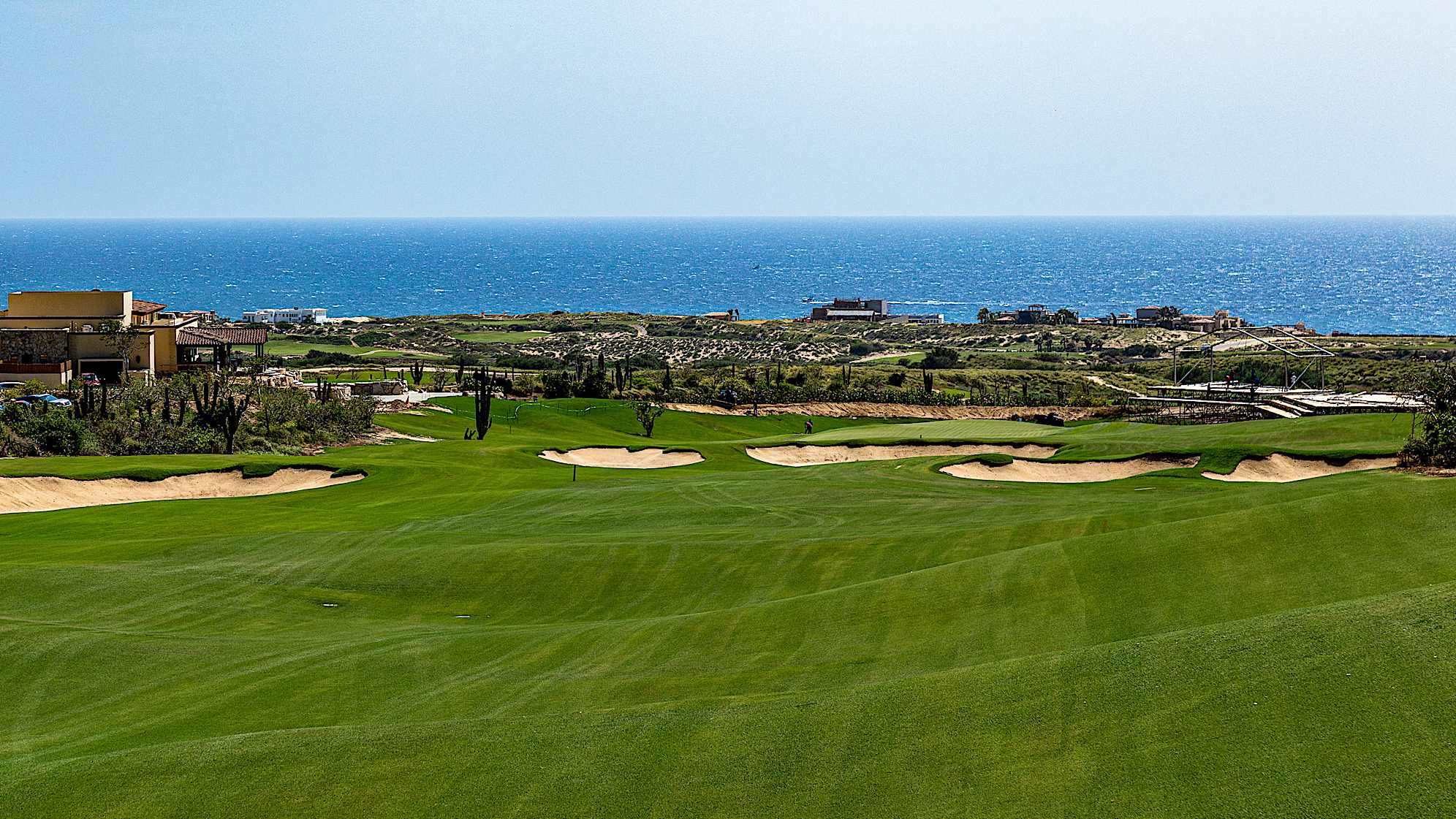Five things to know: El Cardonal at Diamante
8 Min Read

World Wide Technology preview
Written by Bradley S. Klein
Venue for this week’s World Wide Technology Championship is first Tiger Woods design to host TOUR event
Last year's World Wide Technology Championship marked the first PGA TOUR event held at a Tiger Woods design. Erik van Rooyen took the title at El Cardonal at Diamante, carding a final-nine 28 for a two-stroke win over Matt Kuchar and Camilo Villegas at 27-under 261.
"He's obviously an absolute legend of the game," van Rooyen said of Woods, "and to play on a golf course that he's designed and to win a PGA TOUR tournament that is somehow in a small part linked to him, it's extremely special."
El Cardonal is set to host the PGA TOUR for a second straight year, with the World Wide Technology Championship marking the third-to-last event of the 2024 FedExCup Fall calendar. The venue's expansive fairways encouraged aggressive play in Year 1 (Adam Long hit every fairway for the week, the first such feat in a TOUR event since 1992), and the same can be expected this week.
Here are five things to know about El Cardonal at Diamante ahead of the World Wide Technology Championship.
1. Tiger's first course
El Cardonal opened in 2014, making it the first course completed by Woods’ TGR Design firm after earlier projects were derailed by the global financial crisis. El Cardonal also is the first Woods design to host a TOUR event.
“I set up the golf strategy to make golfers think and make choices,” Woods said on the course website. “There are going to be different ways to play every hole. Angles of approach are going to be very important and will dictate the type of shots you should consider. I love this kind of golf.”
The course is part of the successful Diamante Resort on the Pacific side of Cabo San Lucas, which also features the Davis Love III-designed Dunes Course and the par-3 Oasis Short Course also designed by Woods. The Oasis course opened in December 2016.
For Woods, El Cardonal was followed by Bluejack National (2016) north of Houston, the short course at Diamante, the 10-hole Playground at Jack’s Bay (2020) in the Bahamas, Payne’s Valley at Big Cedar Lodge (2020) in Missouri, the nine-hole The Hay at Pebble Beach (2021), and half a dozen other projects that are currently in development.
Woods’ TGR Design team includes longtime friend and business associate Bryon Bell, who serves as the company’s president, and former Tom Fazio design associate Beau Welling, who is TGR’s senior design associate.
2. Dramatic site
El Cardonal sits on a broad landscape dotted by cacti, palo verde trees and scrubby desert flora. The land drops 240 feet along the mile-long stretch from the 17th tee to the third fairway. This 225-acre parcel in the foothills of the Baja California desert features a steady 4% grade.
The terrain will prove demanding for both players and caddies, to say nothing of spectators. But the views out onto the Pacific Ocean make the trek worthwhile, as do the shotmaking demands alongside, and occasionally over, the sandy arroyos that line El Cardonal’s holes.
The encroaching desert arroyos are El Cardonal’s main obstacle. The course features 97 acres of Platinum paspalum grass cut to fairway height (three-eighths of an inch), and the turf usually plays firm and fast because the area only receives 6 inches of rain per year. The wind often howls here, usually blowing out of the north but sometimes flipping entirely and coming in off the ocean. Such reversals can confront players with dramatically different challenges from day to day.
The course’s corridors are wide, with the rustic sand traps often scattered in the middle of the ideal landing areas. Players have plenty of room to navigate their way around, or over, the hazards, and the short grass gives players an abundance of options around the greens.
The north-south direction of the arroyos – the steep-sided gullies formed by fast-flowing water – is entirely a function of the native topography. They run in the direction the water flows. With the course primarily serving as a resort layout, the design team decided to build the majority of holes on a north-south axis to prevent forced carries across those arroyos, which in many cases are 100 yards or longer. This enhances playability for everyday golfers.
This was not a construction job that entailed massive regrading of the land. The course’s lower holes (Nos. 1-5), which run through sandy dunes, were raised slightly to broaden the features and establish ocean views over the dunes. The uphill holes were generally tweaked in the approach areas to provide visibility into the targets.
3. Rhythm
Championship golf at El Cardonal involves a 7,363-yard, par-72 layout with a 75.9 rating and 140 slope. The back tees provide completely different angles than what the resort player faces. The fairways are wide and the greens are enormous, averaging 8,300 square feet (23% larger than the greens at Marco Simone G&CC, which hosted last year’s Ryder Cup). There is a lot of room out there.
On most holes, the longer sets of tees are more closely aligned to the arroyos. That allows the natural geography to enter the mind as a hazard. Smart, skilled players like those on the PGA TOUR are not likely to be fooled, though; they know that most of their tee shots will be played on a line away from that hazard and they’ll have plenty of room to work the ball.
The course begins and ends on easy, downhill par 5s that will see plenty of birdies and eagles. In between is where the stutter-step, shifting rhythm of the routing takes hold. The short, drivable par-4 third hole is on level ground at the lowest part of the golf course. It transitions to the first of the uphill holes, the 483-yard, par-4 fourth that goes up 30 feet from tee to green. The 601-yard, par-5 sixth ascends 70 feet to the green. The course turns back down the slope at the 489-yard, par-4 seventh. That hole dives 60 feet from tee to green. The stretch from the 10th to the 14th involves up-and-down switchbacks on every hole, as well.
Most of the greens are canted diagonally, offering a wide variety of hole locations and the opportunity to set up back flags that bring the arroyos closer into play for even slightly wayward approach shots.
4. Key holes
In a 72-hole, stroke-play format, every hole is key. However, some of the holes at El Cardonal are more revealing of the terrain and character of the site. Among them is the 438-yard fifth, which features a green suspended along the edge of an arroyo and a fall-off on the right that runs the length of the hole.
This is one of the few holes at El Cardonal that is not laid out on the north-south axis. It runs partially downhill, from northwest to southeast. Its alignment presents the challenge of wind prevailing from the left (north) and pushing everything towards the ravine. The ideal shot shape here is right-to-left, into the slope. Anything drifting right that is marginally overcooked brings into play that looming arroyo.
The 474-yard eighth hole is the longest of the two-shot holes here, thanks to a 50-foot ascent from tee to green, and into the prevailing wind. Most players will face an approach shot of 180-200 yards. The green, bunkered left and right in front, sits 70 yards beyond a cactus-strewn ravine that crosses in front. The visual impact of the approach shot is daunting and will make this, in all likelihood, the hardest hole on the course.

Erik van Rooyen’s caddie reflects on emotional win at World Wide Technology
The par-5 14th, which measures 554 yards, offers the rare alternate fairway that requires a meaningful choice on the second shot. No hole at El Cardonal climbs more ground. The hole climbs 80 feet from tee to green. With the hole doglegging right-to-left and the tee set right alongside the arroyo, a bold carry across the inside of the turn is needed to get in the proper position for a second shot to the putting surface.
Otherwise, it’s a layup, with the choice right side offering a dead-end cove of fairway. Players who choose the left fairway have to cross the arroyo again but are rewarded with a much more favorable angle in. With the green canted diagonally from seven o’clock to two o’clock, the seemingly safer second shot to the right leaves a much tougher angle across the narrow waistline of the green.
5. A golf destination
Diamante sits on the southernmost tip of Mexico’s Baja Peninsula, which has become a major destination in the world of golf. Having a desert climate cooled by persistent winds and exposure along two shorelines, the Gulf of California to the east and the Pacific Ocean to the west is a recipe for an idyllic setting.
The metro area, including the nearby cities of Cabo San Lucas and San Jose del Cabo, is home to 400,000 residents. Los Cabos International Airport (SJD) gives the world access to the strongest concentration of quality golf in Mexico – and arguably in the entire region between the U.S. and South America. The offerings are impressive.
Among the 18 courses in the area are such standouts as Love’s Dunes Couse at Diamante, Cabo Real by Robert Trent Jones Jr., Chileno Bay and Querencia by Tom Fazio, and four courses by Jack Nicklaus: Cabo del Sol’s Cove Club, El Dorado Golf & Beach Club, Palmilla Golf Club and Quivira Golf Club.



